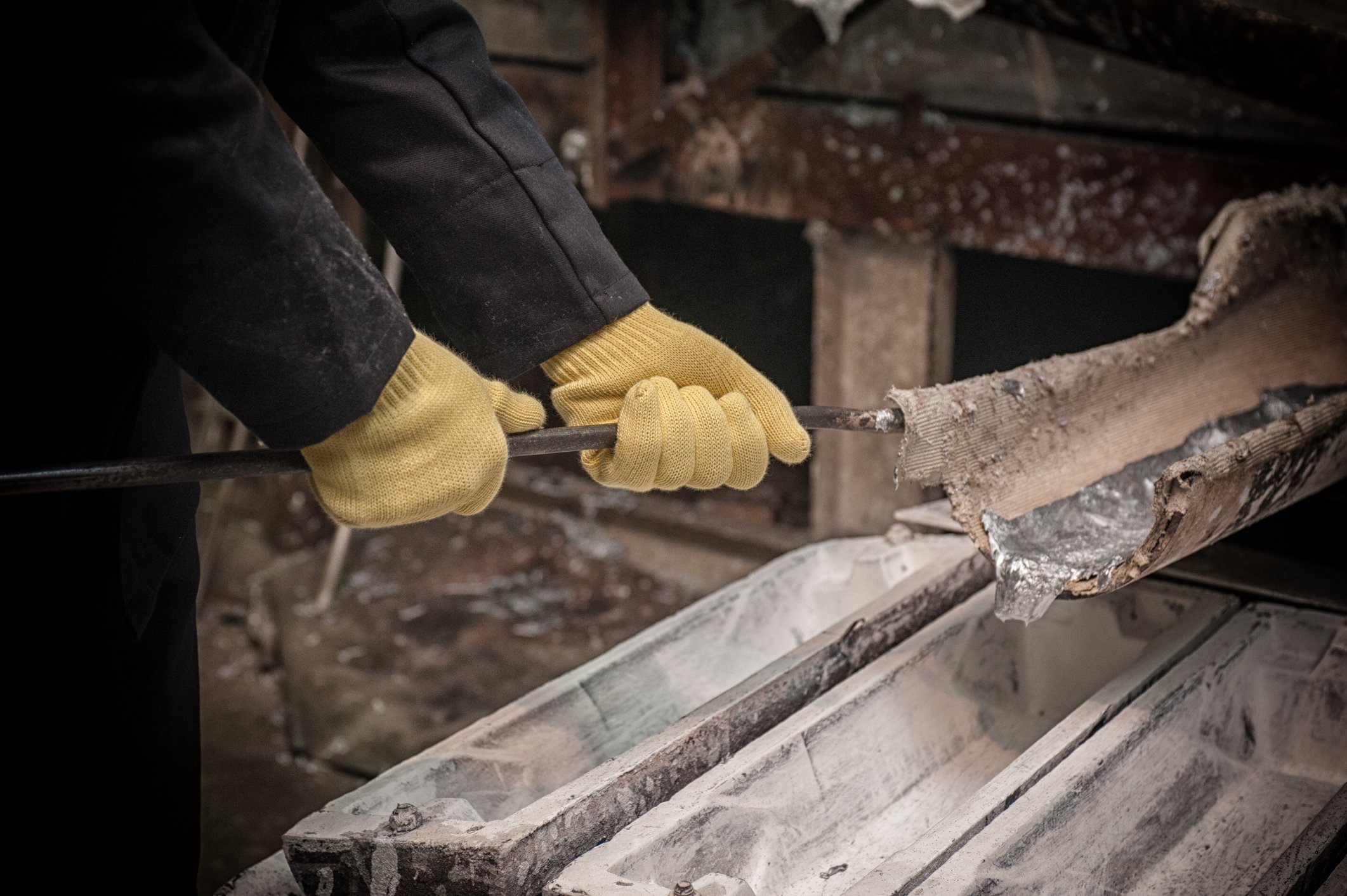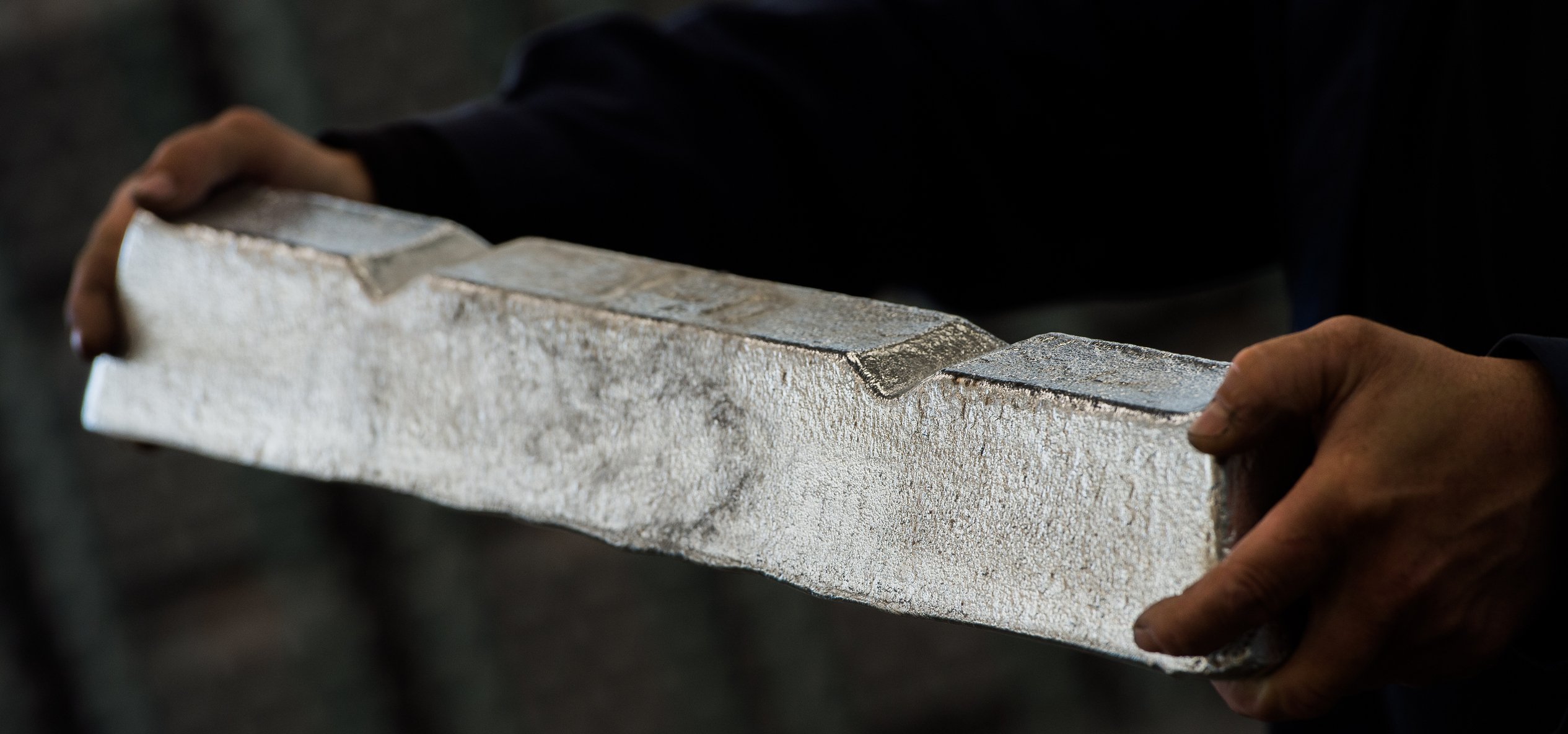
Photo credit: Alcoa Inc
In 2008 the Bush Administration created a $25 billion loan program that was designed to spur innovation within the auto industry. Around that time oil prices surged to more than $140 per barrel, making it clear that America needed to reduce its dependence on foreign oil. The Advanced Technology Vehicle Manufacturing loan program, or ATVM, was created to give automakers the funding to create more fuel efficient vehicles.
There was just one problem: The program found just four takers. Worse yet, one of the companies that received a loan went bankrupt. That said, the much-maligned program is set to improve with a new twist that will see it focus on suppliers. That twist could actually benefit a company like Alcoa (AA +0.00%).
Failed program or too early to tell?
The original ATVM program gave out two loans to major automakers with Nissan receiving $1.4 billion and Ford (F 1.45%) getting $5.9 billion. Meanwhile, smaller automakers Tesla (TSLA 0.16%) and Fisker received $465 million and $528.7 million, respectively. While Telsa paid off its loan early Fisker went bankrupt.
Results like that caused some to call the program a failure. The companies that the program was intended to provide a boost for didn't received the full advantage of that boost. Not only that, but for the past few years the Department of Energy has been sitting on about $16 billion that should have been used to fuel the advancement of cleaner vehicle technology.
This is one reason why we're seeing Energy Secretary Ernest Moniz take the program in a new direction. The program could soon be opened up to suppliers that make advanced engines and powertrains, light-weight materials, advanced electronics, and fuel-efficient tires. Despite the fact that the loan problem has been met with mixed reviews that doesn't mean it can't still work when taken in a new direction.
How this might help Alcoa
While Alcoa doesn't make the advanced engines, powertrains or electronics that we'll need for our next-generation of cars, it does make light-weight aluminum. We've already seen Ford, for example, use Alcoa's aluminum to help it drop 700 pounds from the frame of its 2015 F-150. However, in one sense Ford is one step behind in using this key material as aluminum was vitally important in keeping Tesla's Model S weight low enough so that it could add the batteries needed to extend the range of its groundbreaking electric vehicle. Overall, the drive to use more aluminum in our cars and trucks will see new aluminum-based parts added to future cars as the following slide shows.

Source: Alcoa Investor Presentation (link opens a PDF)
Alcoa is at the leading edge of making the light-weight aluminum-based components necessary to reduce the weight of vehicles. For example, its newest commercial truck wheel, the Ultra ONE, is 47% of the weight of a similarly sized steel wheel. That enables a commercial truck to shed 1,400 pounds. It's innovations like this wheel that will help drive an improvement in fuel efficiency in America.
There is no doubt that aluminum is becoming an increasingly more important material for vehicles. However, Alcoa and its peers have a lot more work to do to get even greater quantities of aluminum into future vehicles. Because of this there is a possibility that Alcoa, or one of its competitors, could take advantage of this new wrinkle in the government loan program to jump-start the development of even more light-weight aluminum-based vehicle components.
Investor takeaway
Investors should keep an eye on this change in the Department of Energy loan program. While it didn't help Fisker, it did provide a boost to both Ford and Tesla. There's the potential for it to be used provide a boost to a company like Alcoa or one of its competitors to develop advanced aluminum alloys that would make our vehicles even lighter.







